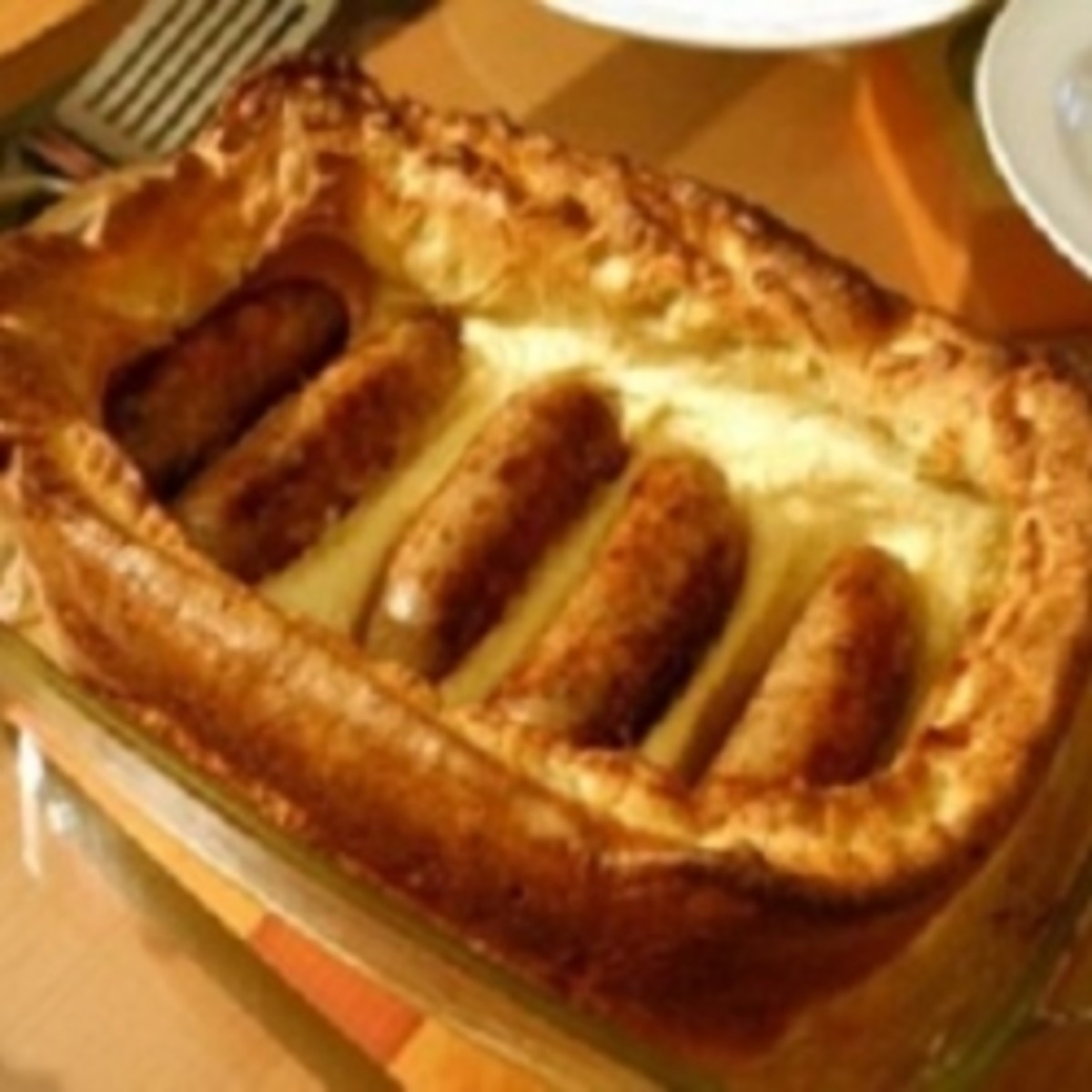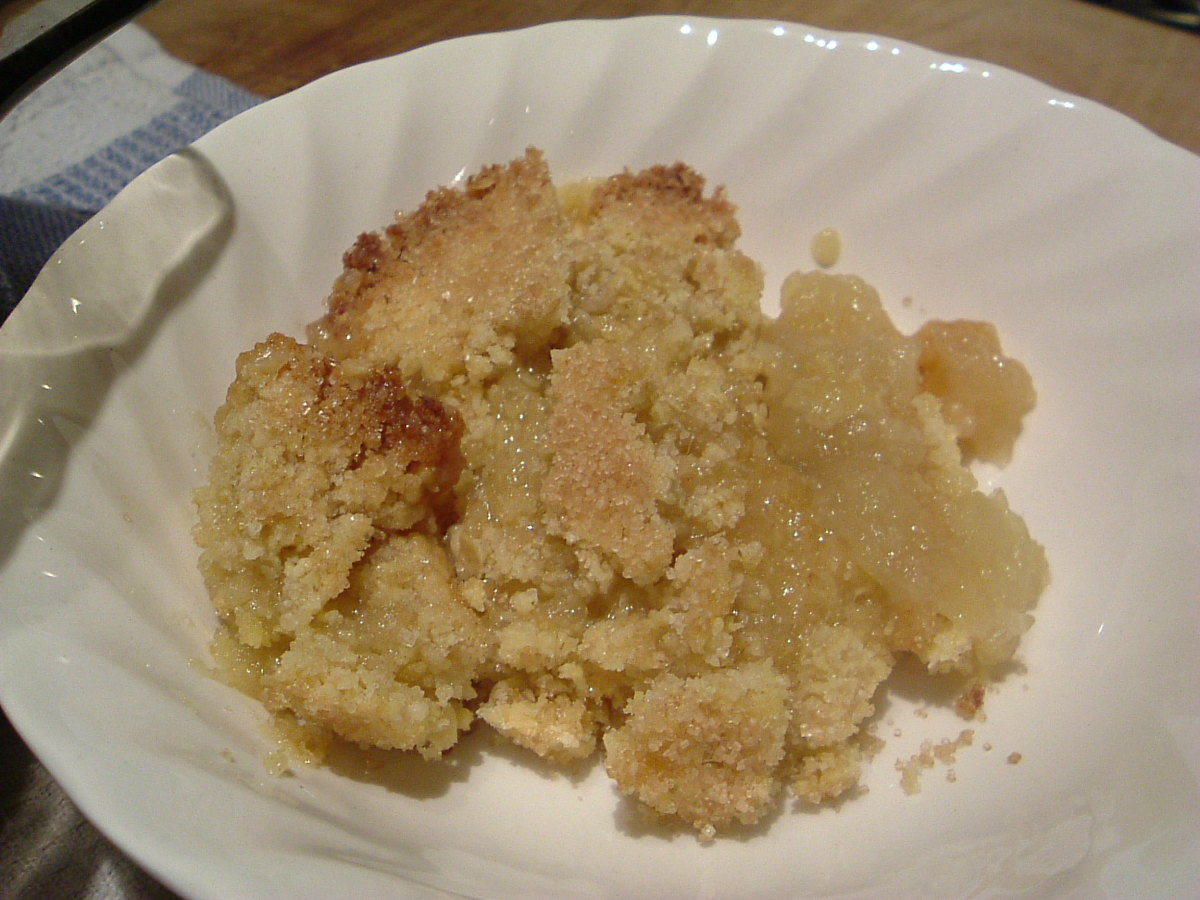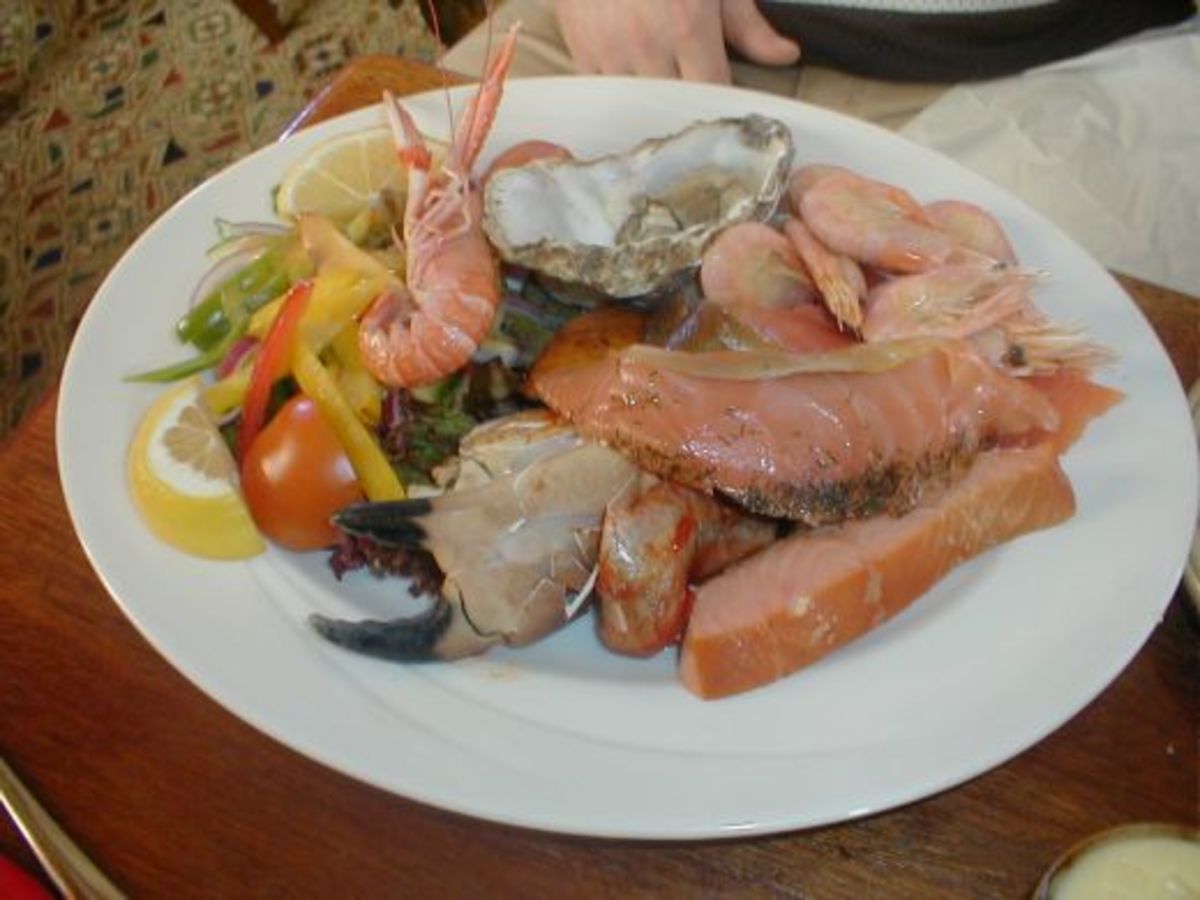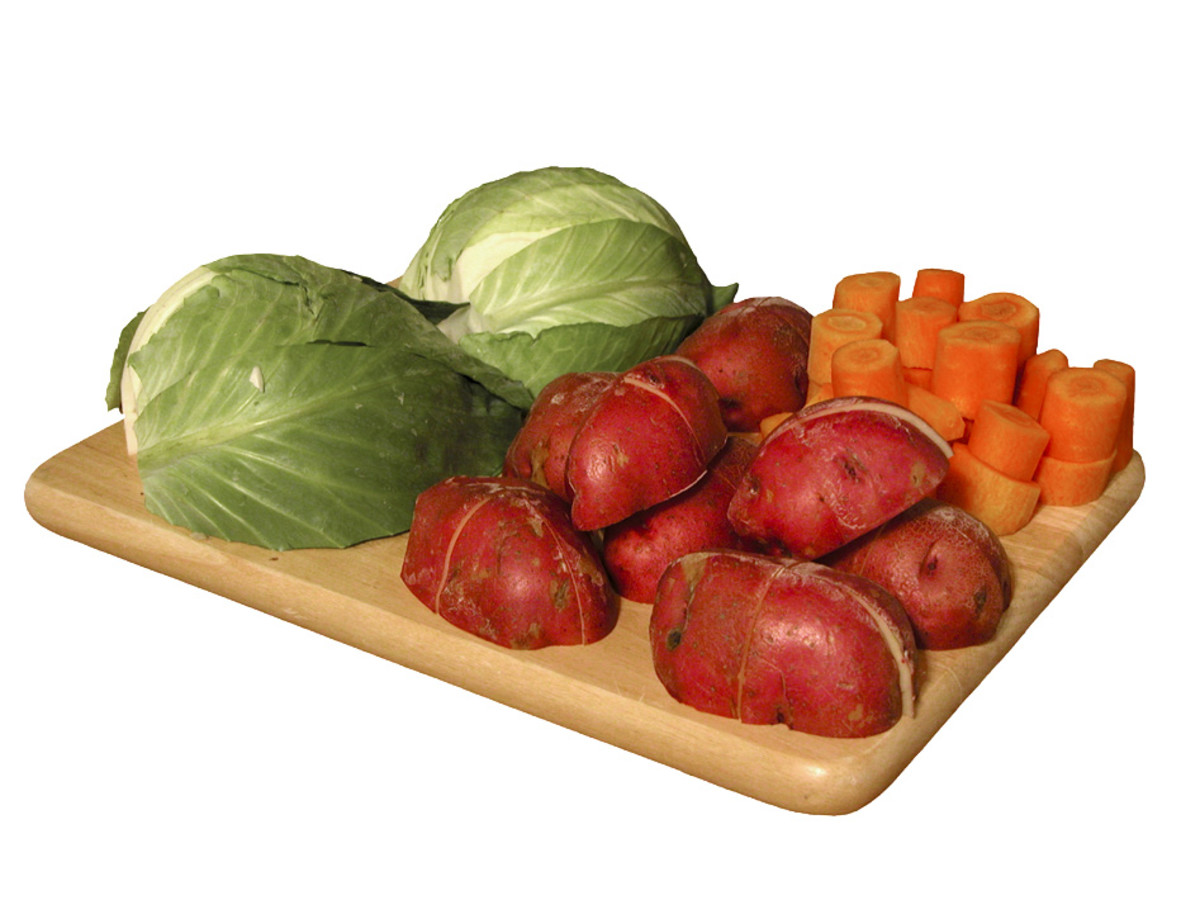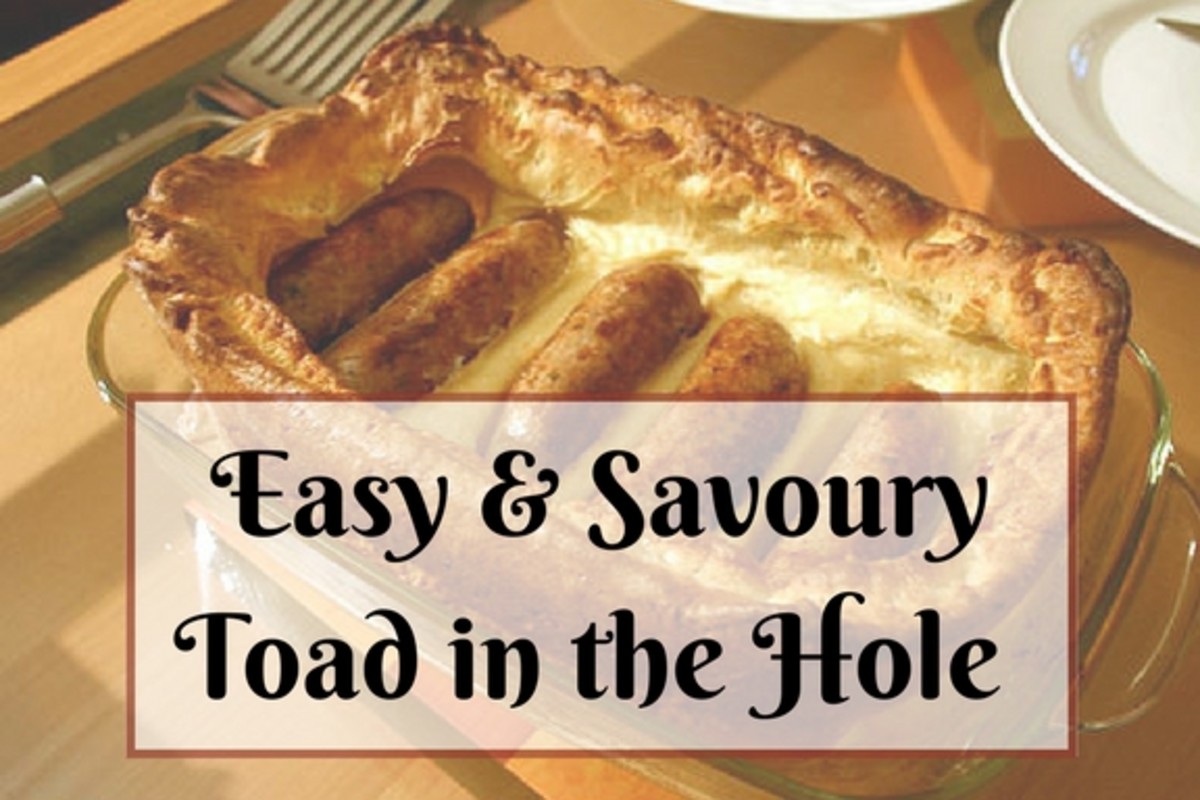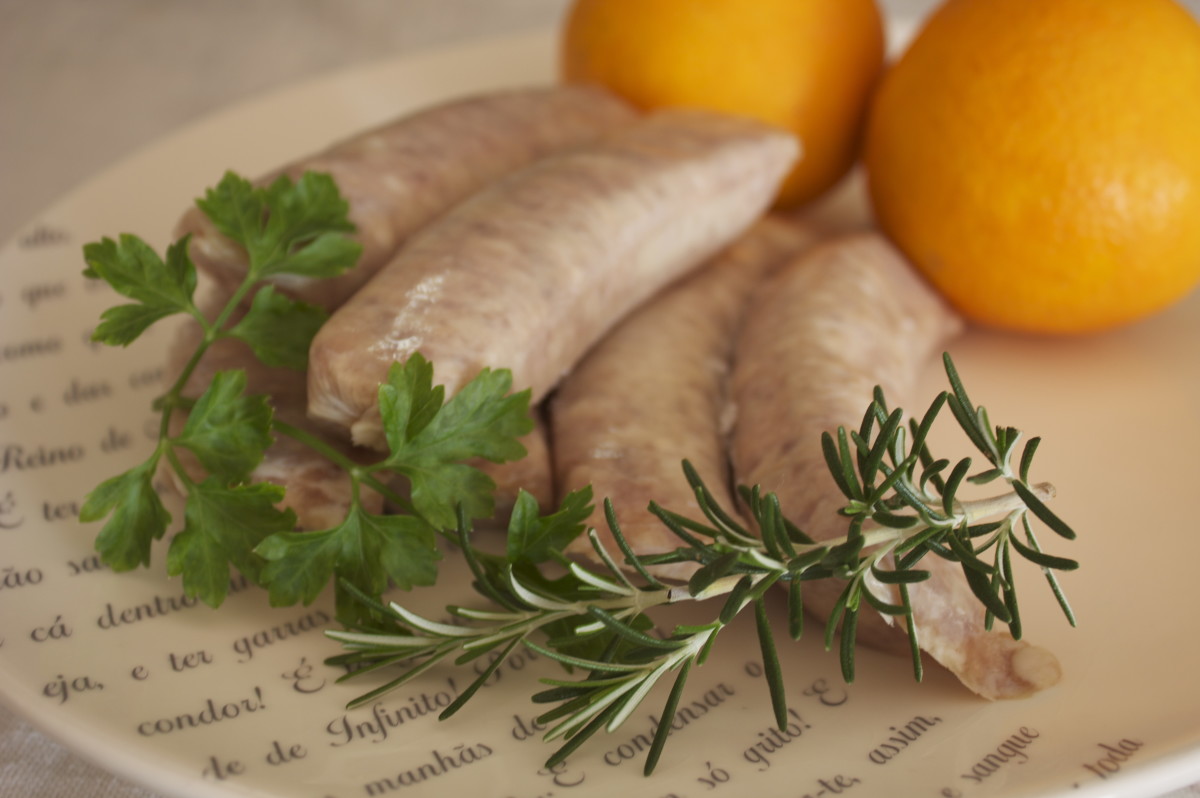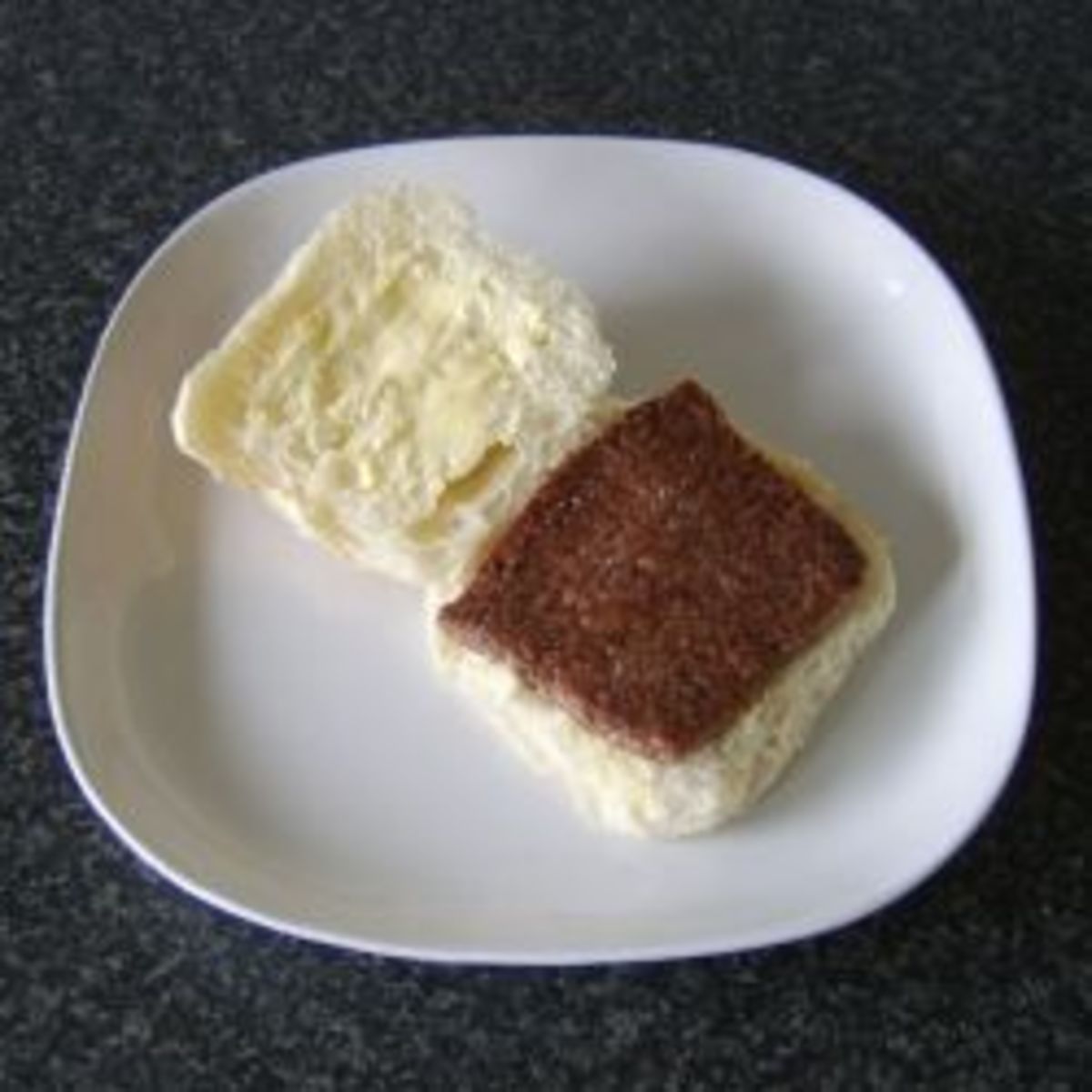- HubPages»
- Food and Cooking»
- World Cuisines»
- Western European Cuisine»
- British Cuisine
Choice Cuts for Carveries
Typical Carvery Cuts
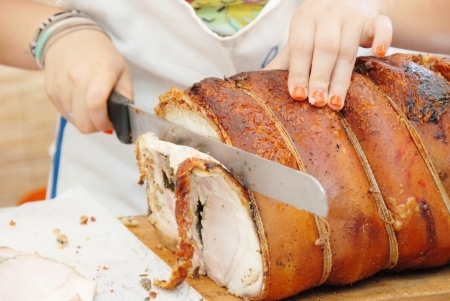
A Roast Dinner or Carvery Lunch - a Favourite English Meal
A traditional English roast or carvery lunch as it's sometimes known is served at pubs and restaurants across the UK as a standard choice on their daily menu. A carvery lunch is usually served buffet-style where your choice of meat is carved in front of you and placed on your plate by one of the chef’s assistants; then it's up to you to add the vegetables of your choice and other accompaniments such as gravy and sauces. Whether you eat in or out, a traditional Sunday roast is the ideal family meal. You can chat about anything and everything and discuss plans for the following week.
Plate It Up, Piping Hot and Smothered in Gravy!
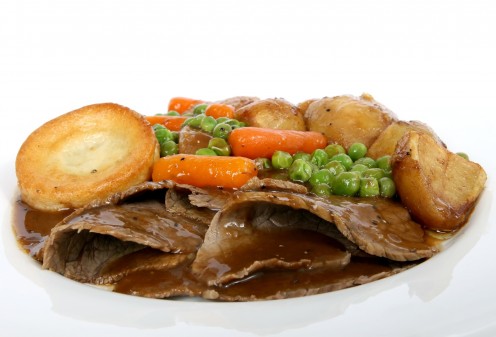
A Rich Variety
Variations on the everyday carvery are the Sunday lunch and Christmas dinner. The meal usually consists of a variety of cooked meats and vegetables and is one of the best meals you can eat either at home or when dining out. Based on value for money and sound nutritional content, a carvery lunch is hard to beat.
A carvery meal at a reputable eatery provides a choice of roast pork, gammon, turkey, lamb or beef. When recreating this meal at home you can choose virtually any meat you like providing it's a large enough piece to carve well. Joints suitable for a carvery can even be bought boneless if you prefer. Ensure that your knives are ultra sharp or invest in an electric carving knife for added assistance. Having a good selection of appropriately sized platters will allow you to present the meal expertly, as in a high-class restaurant.
If you have a conventional oven, a traditional English carvery lunch can easily be recreated at home wherever you live in the world, if the necessary ingredients are available either fresh or frozen.
Stuffing, Yorkshire pudding and onion gravy are other food items not to be omitted from any self-respecting carvery meal. Regional variations and choice of vegetables in season will allow a little scope for you to experiment in the preparation of your lunch. Everyone has their favourite sauces but traditionally there is applesauce with pork, cranberry sauce with turkey, mint sauce with lamb and horseradish to accompany roast beef.
To make a traditional Yorkshire pudding is simpler than most people imagine. All you need are some good quality baking tins, a hot oven set to 220 degrees centigrade and a batter mix consisting of plain flour, eggs and milk. Just mix enough of each for the mixture to pour into the tins easily without being too runny – it should be of a similar consistency to the batter you would use to coat fish. You can buy frozen Yorkshire puddings but nothing is quite as good as home made. The trick is to ensure that the cooking oil in the tins is really hot before you add the mixture. The puddings should rise and cook perfectly in 20 minutes allowing for variations in the size of the baking tins. Your crisp and golden freshly-baked Yorkshire puddings should be the last items to be placed on the plate once everything else is served.
Suitable vegetables are honey-glazed parsnips, cabbage, carrots, broccoli, Brussels sprouts and cauliflower cheese (the latter is a firm favourite when served with roast lamb) but again your individual choice can enable you to create a carvery lunch unique to the requirements of your family or guests.
Roast potatoes are easily prepared and can be roasted with their skins left on to save time. The beauty of a carvery lunch is that virtually everything except the boiled vegetables can be cooked in the oven while you're seeing to other things.
Select good cuts of meat from the butcher that will be ideally suited to roasting. A good roasting joint should have a reasonable amount of fat on it to protect the lean meat during the cooking process and good quality tin foil is also useful. Roasting a meat joint is easy and whether you choose to add water or fat to the roasting pan is purely down to personal choice.
Gravy granules can be bought and instantly made with boiling water but for something unique and more appealing to the taste-buds, use your own favourite range of herbs to go with the meat of your choice. Thicken the meat juices with corn flour to suit individual taste. Onions can be added to the gravy or served individually.
It's also personal preference as to which type of fat to use to cook your carvery lunch. Before the availability of cooking oils such as vegetable oil and sunflower oils the only option was to use an animal fat such as lard or beef dripping to prepare a roast dinner but now the choice of other options is virtually limitless. There is perpetual debate as to which oil or fat is the healthiest but it's generally accepted that anything containing trans fats is to be avoided.
Ensure your carvery lunch is served as piping hot as possible by warming the plates beforehand as you add your selection of meats and vegetables.
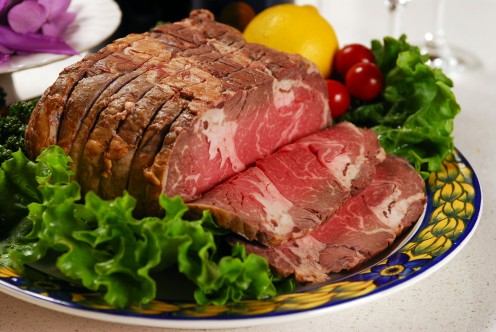
Al Fresco?
Why not have a cold sliced joint outside on a warm summer's day to avoid slaving over a hot stove? Instead of roast vegetables, you can serve a selection of salads and dips.
Vegetarian or Vegan 'Meatloaf'
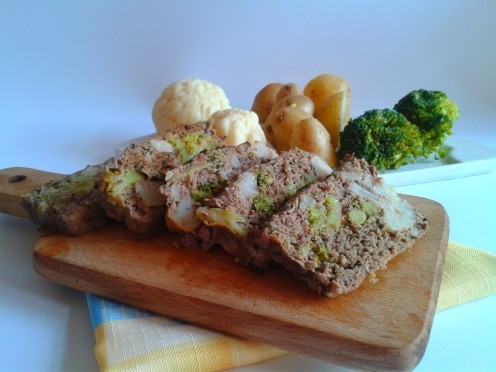
Vegetarians and Vegans
Vegetarians and vegans need not miss out but they'll need to be more inventive; there are many recipes available nowadays for nut roasts that carve easily and even appeal to the taste buds of meat eaters! You can make a 'meatloaf' quite easily with some Quorn or other meat mince substitute and onions, oats and seasoning mixed to form a tasty carvery roast that can also be eaten cold if there's any left over. This is also ideal for picnics. If you don't want to roast the mixture, you can shape your own meat free burgers and fry in a little olive oil.

Drinks
And last but not least - don’t forget a good bottle of wine or some fine ale or cider to accompany your traditional English meal. Cider is amazing with a pork roast but a full-bodied, well-rounded red wine such as Shiraz, Merlot or Cabernet Sauvignon are excellent accompaniments to red meats such as beef, lamb and venison. Lighter meats such as turkey will go well with a rose or white wine such as an Italian Pinot Grigio or a German Liebfraumilch.
As with your choice of meats and vegetables, it's all down to personal preference but there's always a great selection nowadays on the supermarket shelves and most wines will state on the bottle which meat they're best paired with.
'You'll Get Your Desserts One Day!'
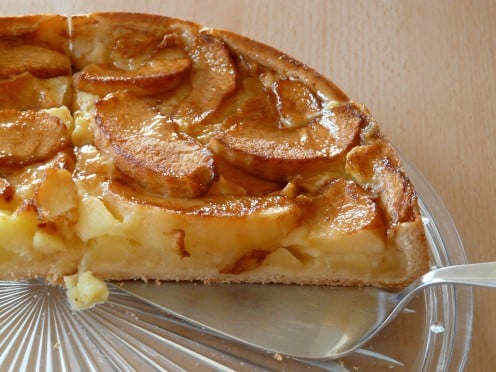
Room for Afters?
You probably won't have room for a sweet, dessert, pudding or afters, whatever you care to call it in your part of the world, but if you do, here are some popular suggestions that are firm English favourites. You'll find them on the menu at most pubs and restaurants
Apple pie and ice cream, sponge pudding and custard, Black Forest gateau, cheesecake, lemon meringue pie or a choice of ice cream - usually a scoop each of vanilla, strawberry and chocolate in an attractive glass dish and appropriately named an ice cream sundae to go with your Sunday lunch!
Traditional Carvery Meal at an English Restaurant
Make Your Own Carvery at Home!
After reading this article would you try your own traditional English carvery at home?
© 2015 Stella Kaye

